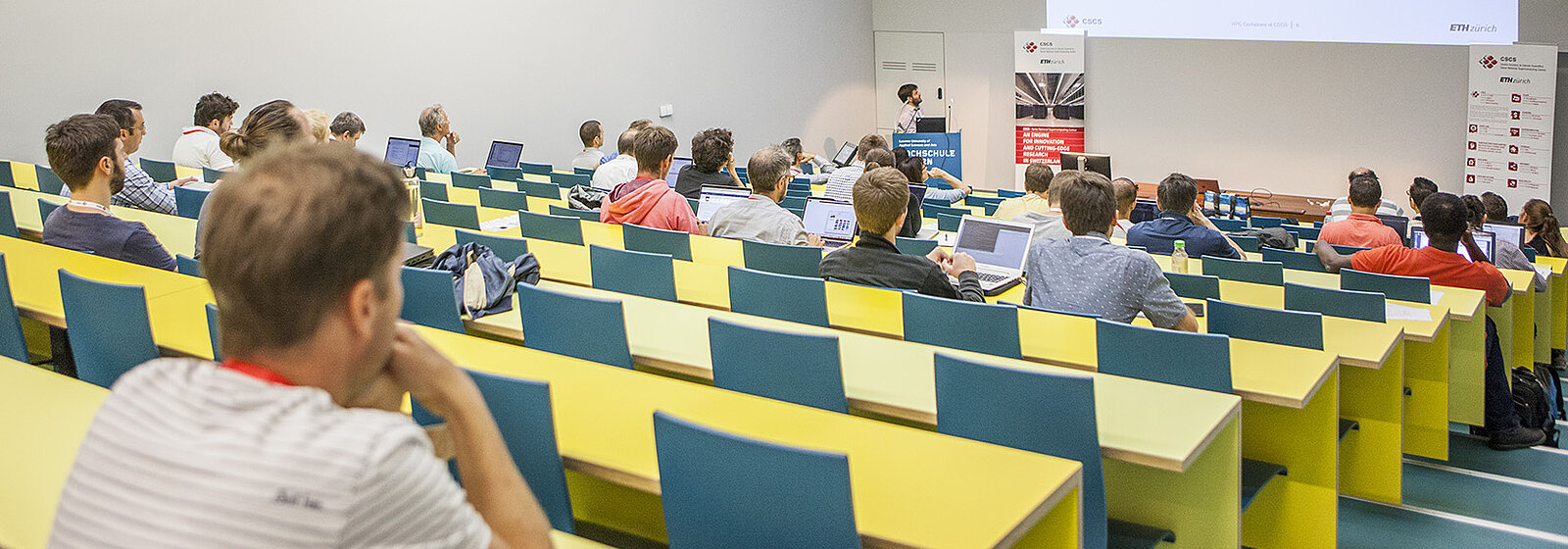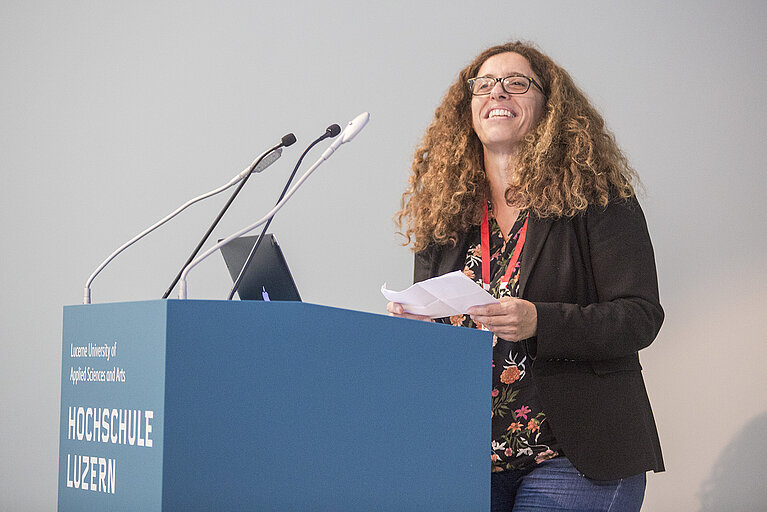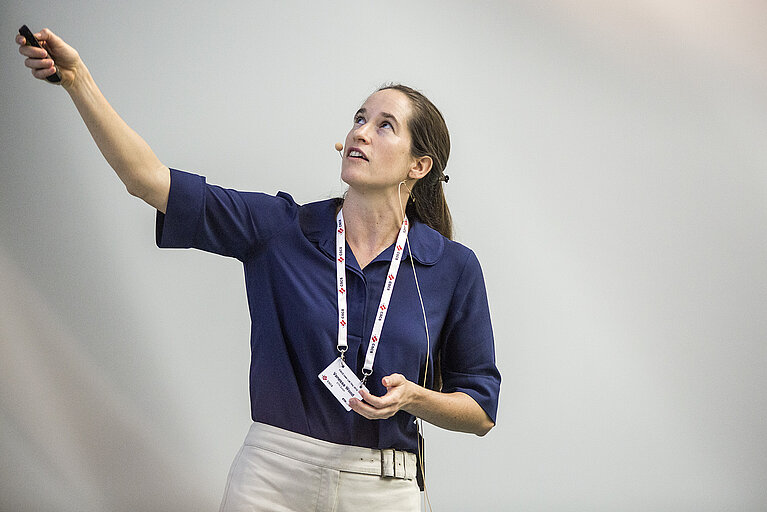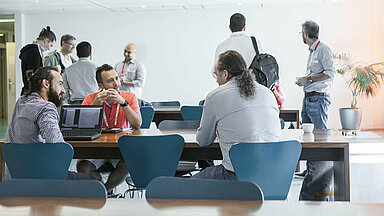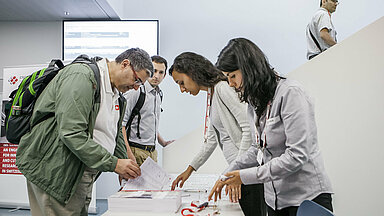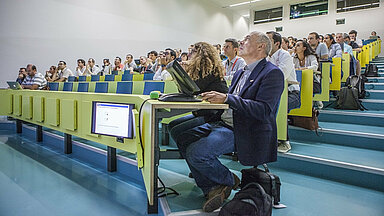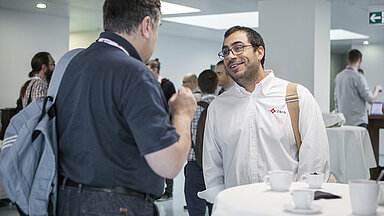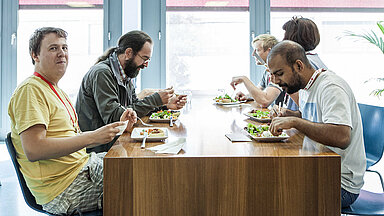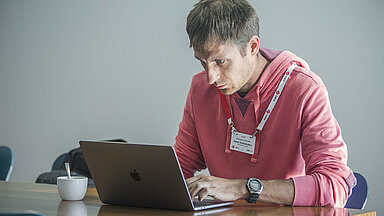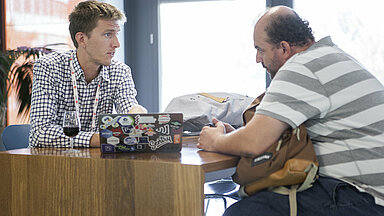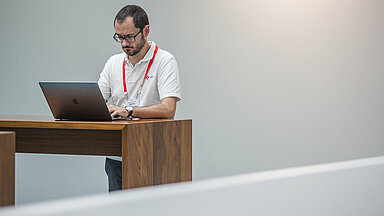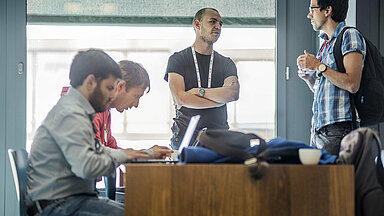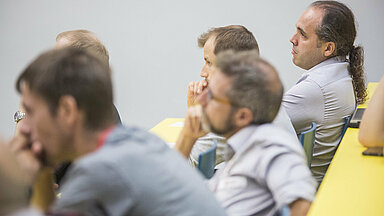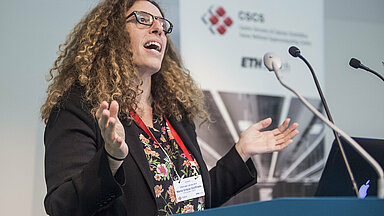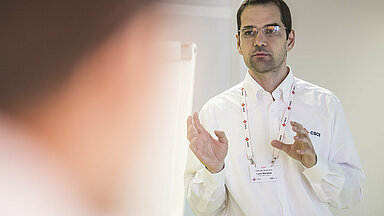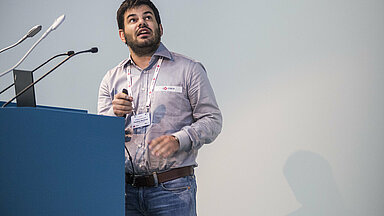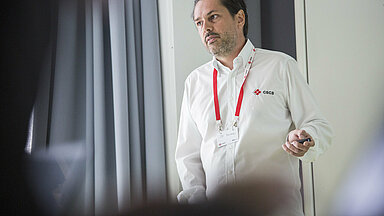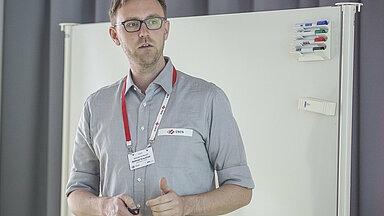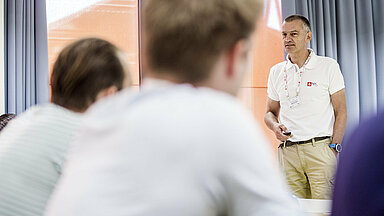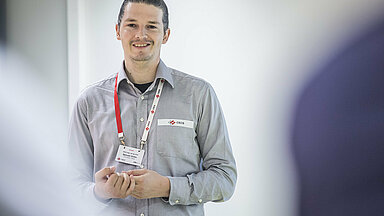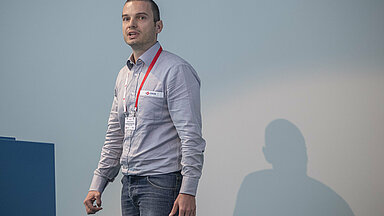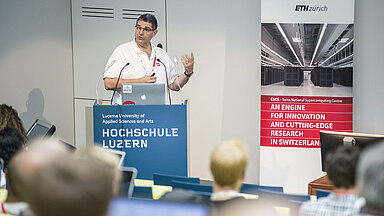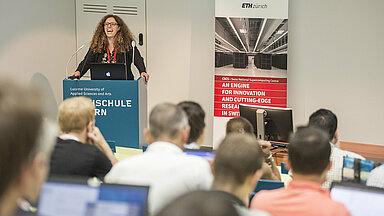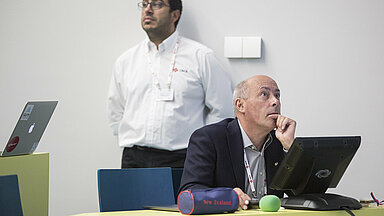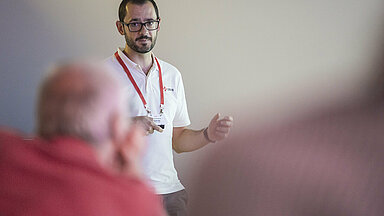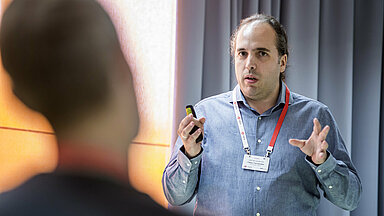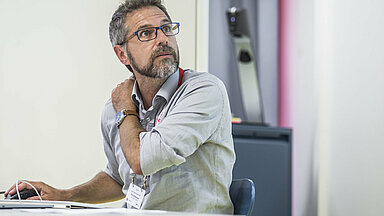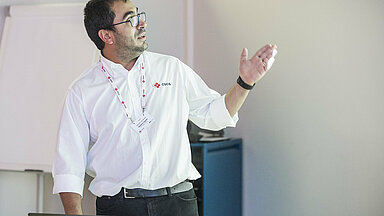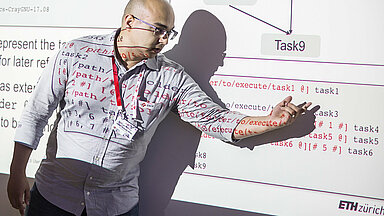October 02, 2018 - CSCS
In the sunny Lucerne, on the lakeshore of “Vierwaldstättersee”, CSCS staff has welcomed scientists from Switzerland and Europe to the CSCS User Lab Day 2018. More than 70 participants from Swiss universities and research institutions attended plenary and parallel sessions in which the centre informed about current activities and new services. Ample time and opportunity for networking has been allotted during coffee and lunch breaks and during an apero just after the last session.
In her welcome address, Maria Grazia Giuffreda, Head of User Engagement and Support, has encouraged attendees to use the opportunity for networking. “On the one hand, CSCS is here to present activities and new services, and to share the mid-term strategy, but on the other hand, we wish to meet all of you face-to-face and talk openly about expectations and wishes”.
Experiment meets simulation
The official program started with an inspiring lecture delivered by Vanessa Wood, professor at the Department of Information Technology and Electrical Engineering at ETH Zurich: “Adventures of an Experimentalist in the World of Large-Scale Simulations Big Data”. As an originally purely experimental scientist she explained why she started to expand her research team with experts in simulation and she gave her exciting point of view about simulations. During her study on colloidal nanocrystals and batteries, she realized that many phenomena had still been a mystery and couldn’t be explained by either experiment or theory. She then decided to explore the potential of simulation: “Simulations and visualisation tools can be a platform where different fields learn from each other.”
“We manage complexity and ensure that everything works”
The plenary presentations of CSCS staff outlined the resources and services offered by CSCS and used by scientists from all major Swiss research institutions. Guillherme Peretti-Pezzi, group leader of Scientific Computing Support, gave an update on the application portfolio, explaining which popular codes are installed and regularly upgraded on CSCS machines. One of them is the Jupyter Notebook for Interactive Supercomputing, which as an open-source web application allows for easy data parsing and transformation, statistical analysis and data visualization, and even enables the user to run numerical simulations interactively. Nicholas Cardo, group leader of the HPC Operations Unit, shed light behind the scenes of supercomputing and focused on hardware: “We manage complexity and ensure that everything works”. He emphasized that CSCS is not just Piz Daint, but in fact covers several other systems as well, such as Phoenix for the high energy physics community, Blue Brain for EPFL researchers and Kesch and Escha for MeteoSwiss.
Well-attended parallel sessions gave participants the opportunity to get in touch with CSCS experts and get to know about traditional HPC services such as Debugging & Performance, Compiling, Scientific Visualization, Input/Output libraries, workflows and best practices (Slurm, Data Transfer, Pre- & Post-processing). Topics also covered more recently introduced services like Containers, Continuous Integration, Regression Testing, and Interactive Computing.
The event concluded with an apero that allowed for informal discussions between participants and CSCS staff. It continued until late afternoon when CSCS staff had to head back to Lugano and Zurich and the participants to their institutions.
Do not miss the next User Lab Day in Lucerne, on Monday September 9, 2019.
Further information:
All the presentations can be found here.
